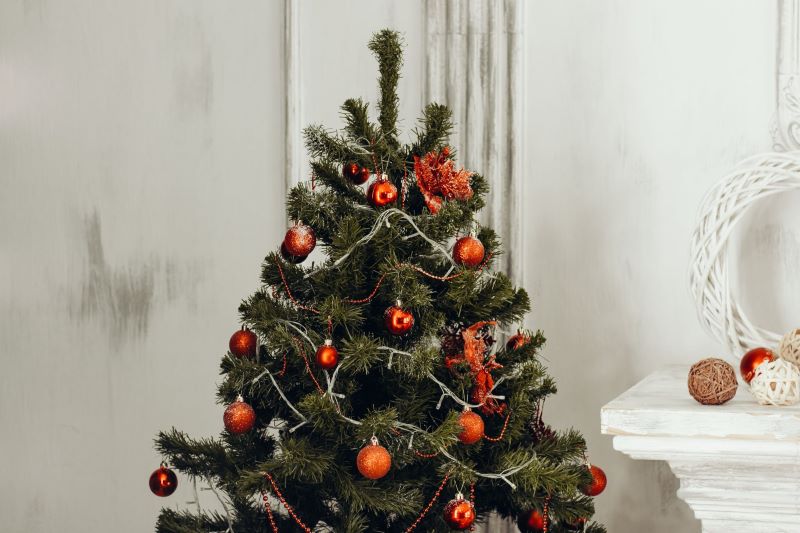
The holiday season is a time of joy and celebration, and one of the most beloved traditions during this time is decorating the home with festive decorations. Christmas ornaments are a key part of any holiday decor, and many families proudly display their handmade creations each year. In this post, we will explore the history of hand-made Christmas ornaments and their cultural significance.
The Origins of Hand-Made Christmas Ornaments: A Historical Perspective
Hand-made Christmas ornaments first appeared in Germany in the 16th century as simple glass balls that were decorated with paint to represent religious symbols like stars, angels, and crosses. Over time, these German decorations spread to other countries where they were modified to suit local cultures; for example, in England in the 17th century people adorned evergreen trees with apples to symbolize eternal life and pine cones for fertility.
In the United States, hand-made ornaments began to appear in the late 1800s when American families began to celebrate Christmas more openly after a period of antagonism towards it due to its close association with Christianity. Early American decorations included paper cutouts like snowflakes and stars which were hung on windows and around doorways. In the early 1900s, Americans began making fabric ornaments such as poinsettias and Santas from scrap fabrics which could be hung on trees.
Over time, hand-made Christmas ornaments have become an integral part of holiday festivities across cultures around the world. They act as tangible reminders of family traditions that can be passed down through generations: Every year families carefully unpack their boxes of cherished decorations that have been collected over years (or perhaps decades!), affectionately unwrapping each piece before placing it lovingly on the tree. The act brings together memories from holidays past while also bringing hope for future celebrations together—creating a beautiful circle of family life that is reflected in these special pieces.
Preserving Tradition: The Importance of Hand-Made Christmas Ornaments in Modern Times
For those who make them by hand, there is also something magical about creating these decorations for others to enjoy—it’s an opportunity for self-expression that is both creative and deeply personal. Crafting these homemade works of art not only allows individuals to showcase their talents but also offers an intimate way to share stories from our lives with those we hold dear: embellishments like tiny bells may remind us of a loved one’s laughter or fabrics patterns inspired by nature can evoke fond memories from childhood camping trips shared with grandparents.
Finally, these handmade pieces are imbued with cultural importance—they offer insight into regional customs as well as communal values concerning what makes a “good” ornament (e.g., traditional vs modern designs). Through this lens we can gain insight into how different communities celebrate (or used to celebrate) during this special season – offering us a unique window into diverse cultures around the world!
In conclusion, handmade Christmas ornaments are much more than just decorative objects – they are tangible embodiments of family histories filled with love and tradition; creative expressions conveying individual stories; and reflections on regional customs across diverse cultures! As we prepare for yet another holiday season let us take pause to savor all that surrounds us—the beauty found in handmade decorations made with love!